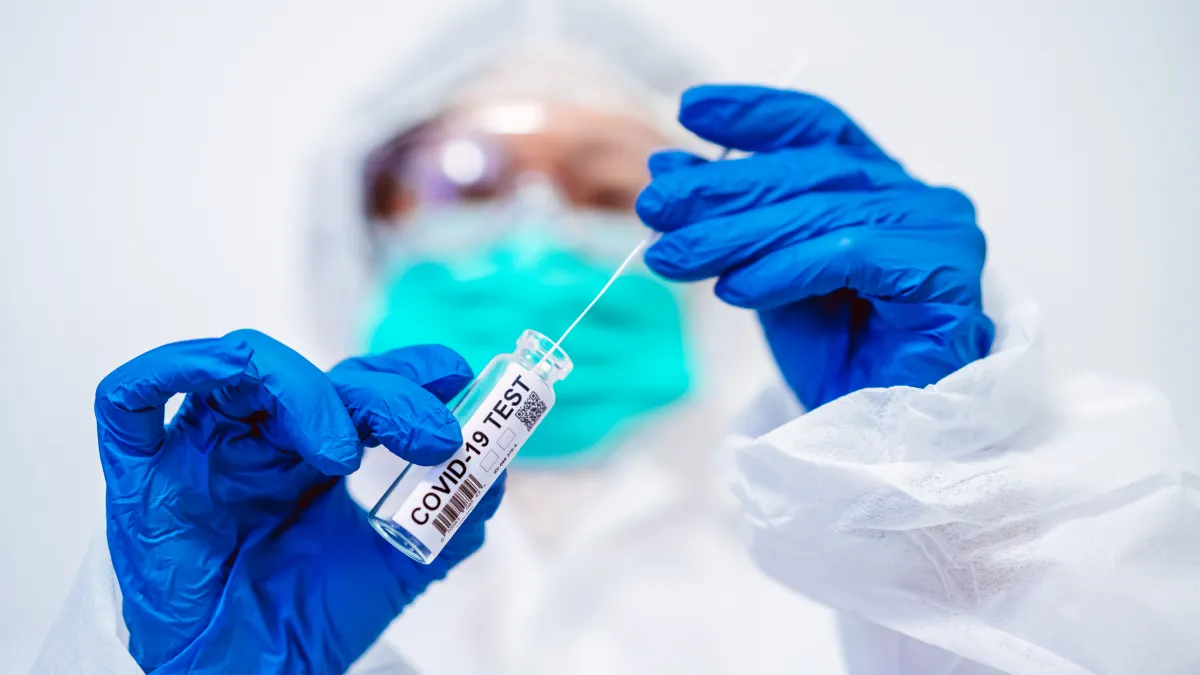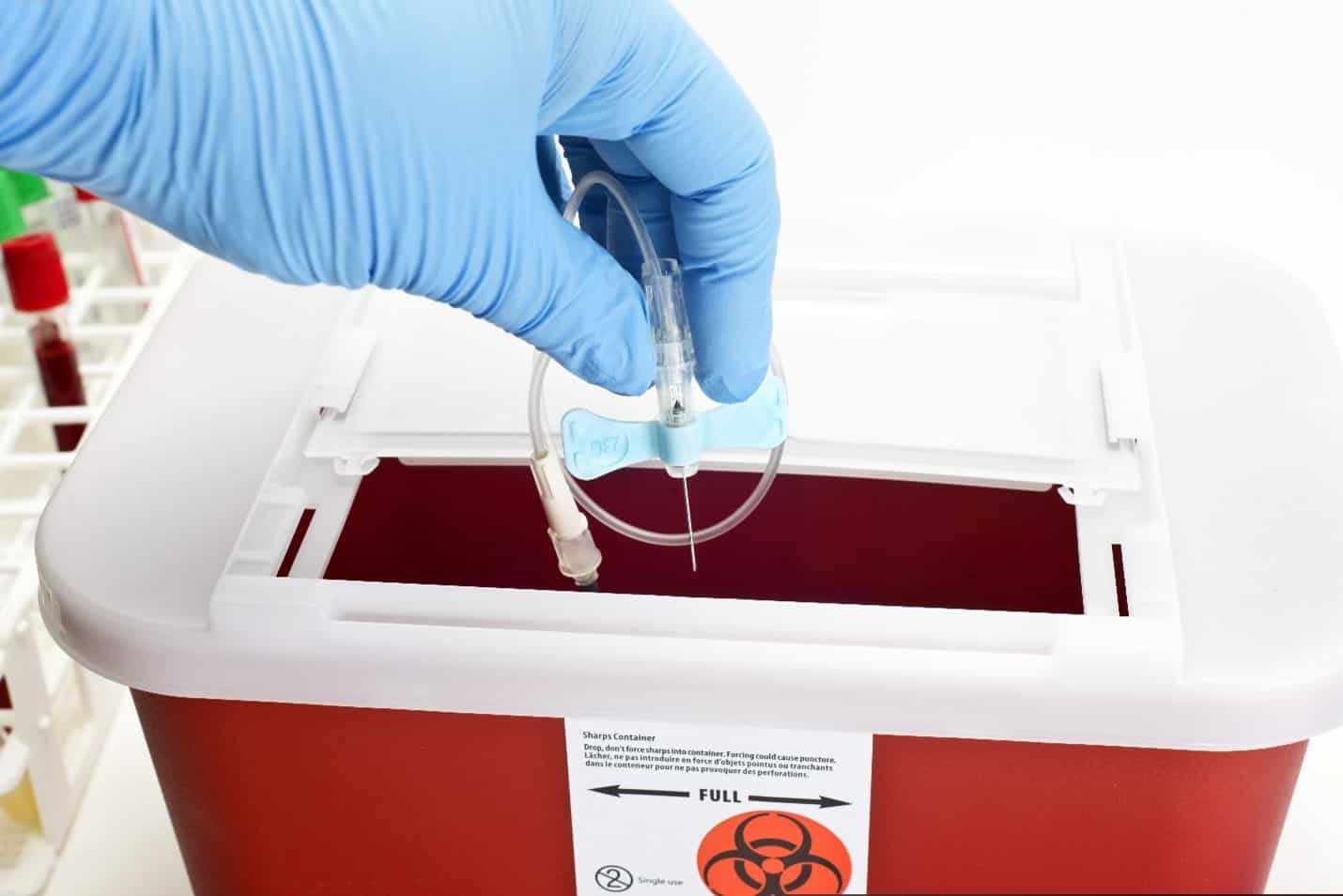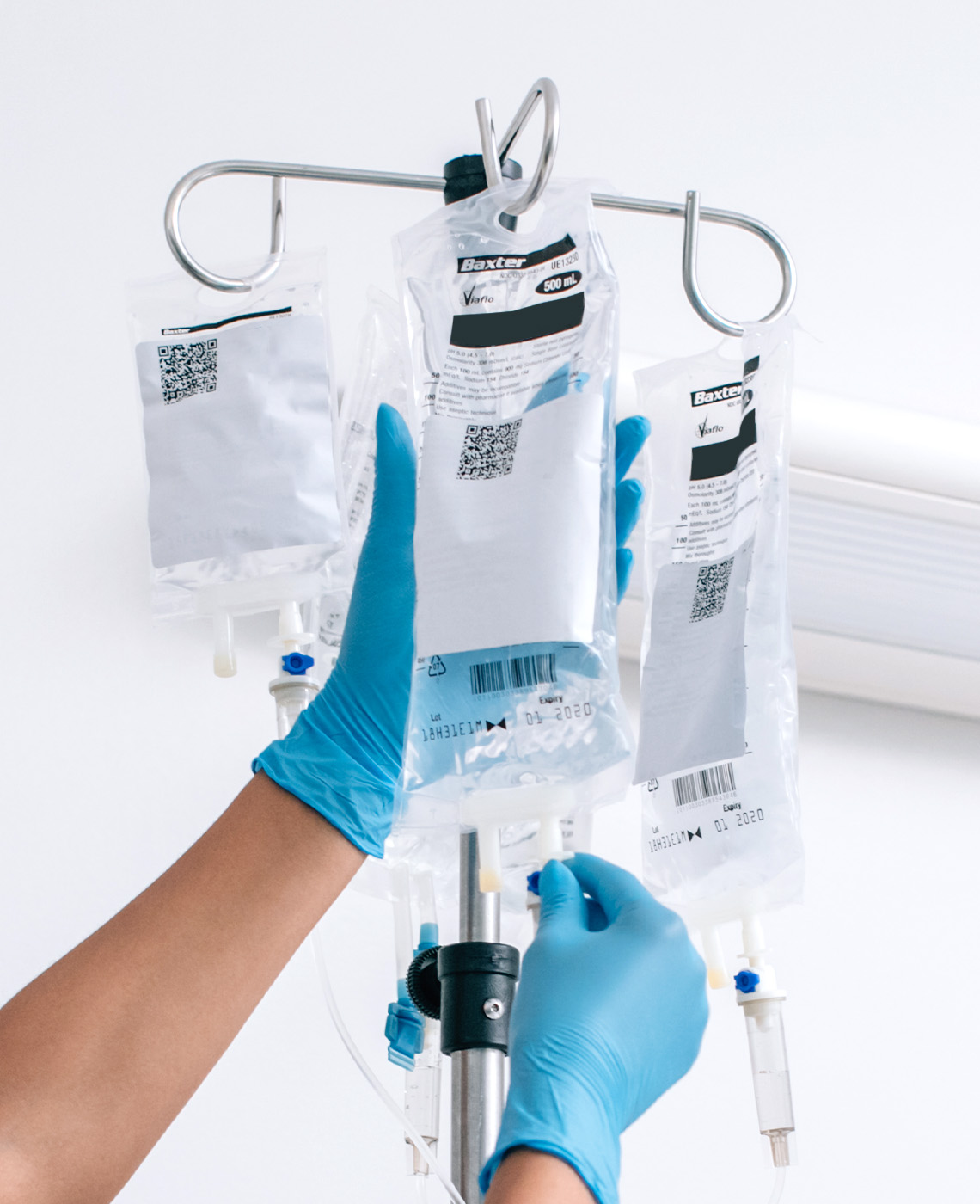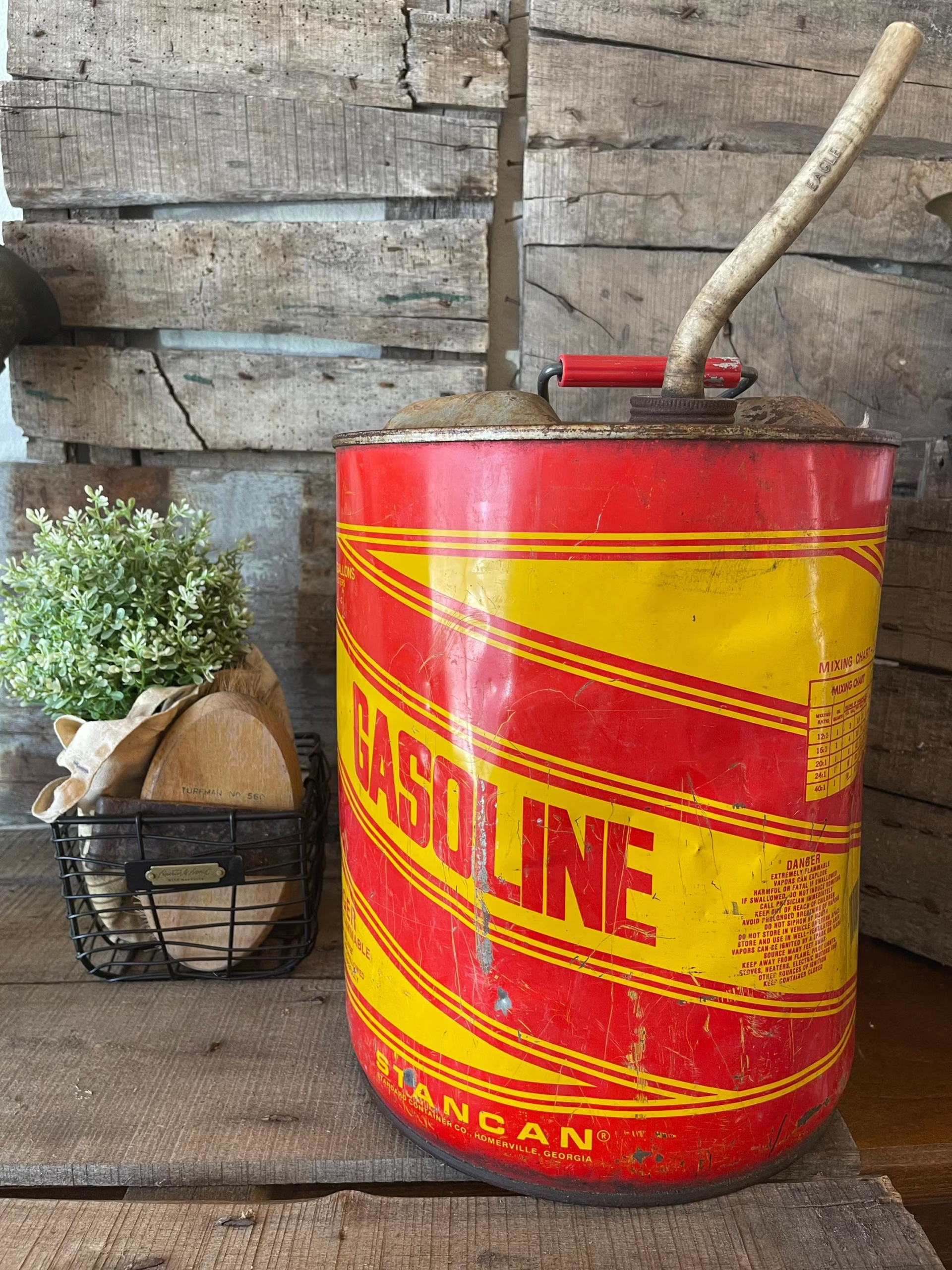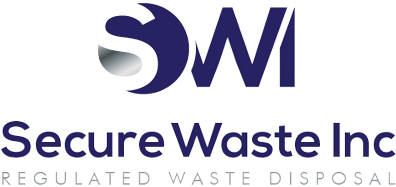COVID-19 Biohazard Clean Up For Healthcare Practices For 2026 And Beyond – Expert Solutions From Secure Waste
Long after the World Health Organization (WHO) declared COVID-19 a global pandemic, healthcare organizations worldwide continue to face substantial challenges, particularly issues related to overcapacity resulting from a persistent shortage of healthcare staff.
In response to these difficulties, Secure Waste is dedicated to collaborating with hospitals, clinics, and other healthcare facilities. Their focus is on effectively managing the biohazard medical waste generated by COVID-19 and helping these institutions navigate the complexities arising from the pandemic.
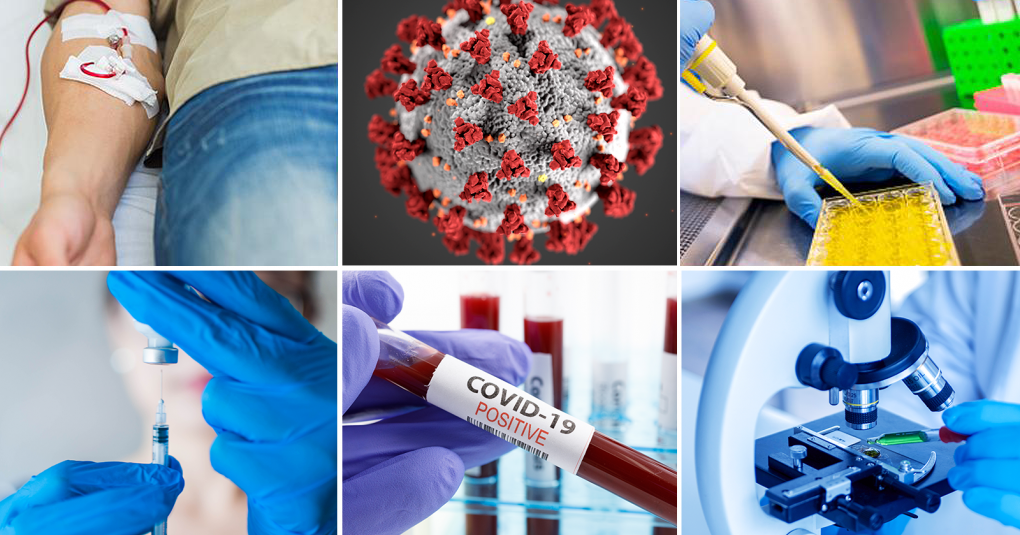
Risks Associated with Improper COVID-19 Biohazard Waste Management
According to guidelines from the Centers for Disease Control and Prevention (CDC), Biomedical waste generated by healthcare facilities treating COVID-19 patients should be managed in the same manner as medical waste from facilities that do not treat COVID-19 patients. This means that “management of medical waste should be performed in accordance with routine procedures.”
Removal and Disposal of Personal Protective Equipment (PPE)
To ensure safety during the removal of Personal Protective Equipment (PPE), follow this specific sequence:
- Gown Removal: Begin by carefully untying the ties or unbuttoning any fasteners of the gown. Gently roll the gown downwards, turning the inside out as you go to encapsulate any contaminants. You can’t use the gown in a designated trash receptacle specifically meant for used PPE.
- Face Shield or Goggles: Next, remove the face shield or goggles, grasping the straps firmly. Please ensure that you lift them upward and away from your body to prevent contact with potentially contaminated surfaces.
- Respirator or Facemask: Finally, remove the respirator or facemask by holding only the straps. Lift it delicately over your head, taking care not to touch the front of the mask, and pull it gently away from your face.
- Avoid Touching Contaminated Surfaces: Throughout this process, remember to avoid any contact with the outer surfaces of the PPE, as they may harbor contaminants.
- Proper Disposal: Ensure that all used PPE is placed in a clearly marked trash receptacle, designated specifically for this purpose, to maintain a clean and safe environment.
- Hand Hygiene: As soon as you get your PPE, please do thorough hand hygiene. Wash your hands meticulously with soap and water for at least 20 seconds, or use an alcohol-based hand sanitizer to eliminate any lingering pathogens.
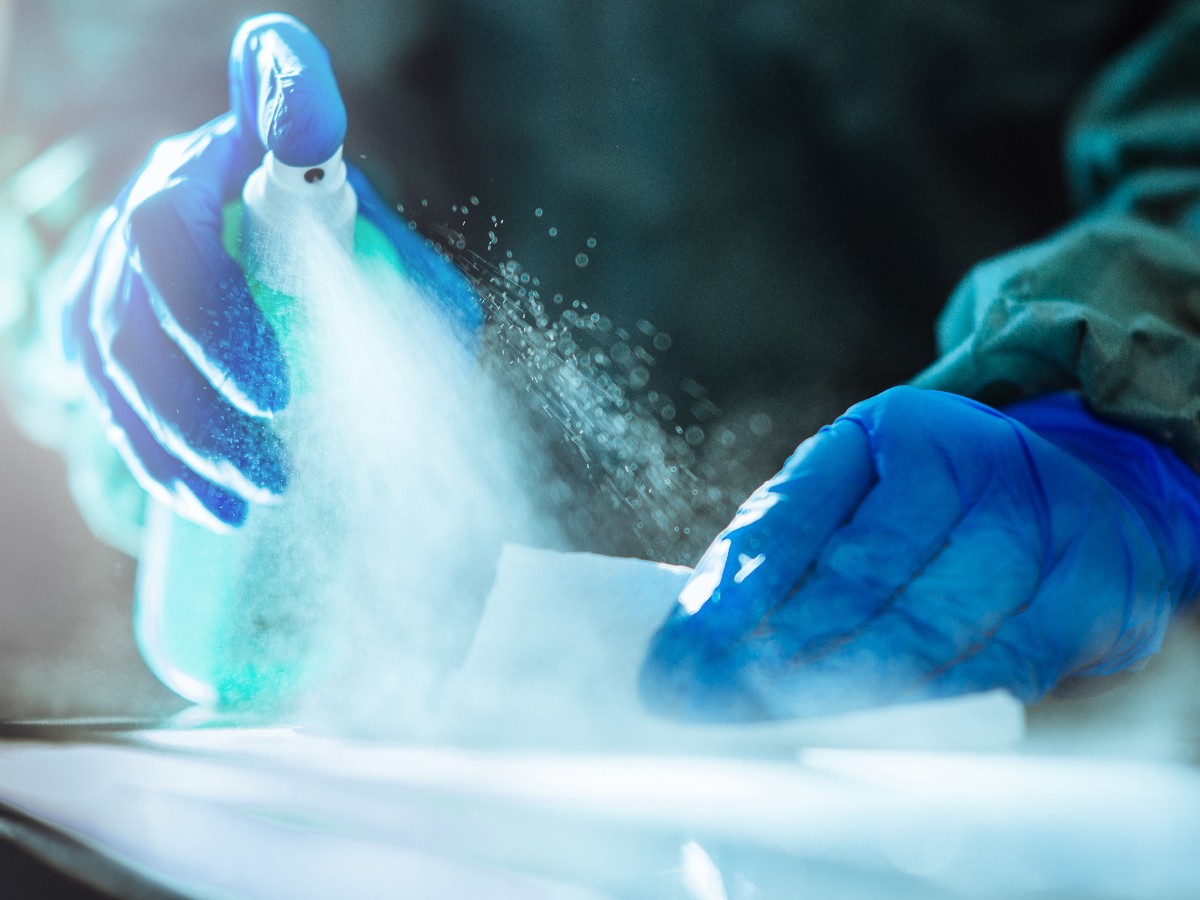
In light of the ongoing COVID 19 pandemic healthcare facilities must implement stringent cleaning protocols These protocols are designed to minimize the risk of transmission and ensure the safety of both patients and healthcare professionals Adherence to these cleaning protocols is essential for maintaining a hygienic environment and upholding public health standards
COVID-19 Cleaning and Disinfecting Frequently Touched Surfaces
- Initial Cleaning: Start by cleaning all surfaces using soap and water to effectively eliminate dirt, grime, and organic matter that can hinder the disinfection process.
- Disinfection: Next, apply a disinfectant that is proven to combat SARS-CoV-2. Suitable options may include a diluted bleach solution (for use on non-porous surfaces), rubbing alcohol, or another disinfectant approved by the Environmental Protection Agency (EPA).
- Follow Instructions: Please adhere strictly to the product’s usage instructions, paying special attention to the recommended contact time to make sure that the surfaces are disinfected.
- Rinse and Dry: For surfaces that may come into contact with food or children, rinse them thoroughly after disinfection and allow them to air dry completely. This step helps to mitigate any risk of chemical residues while ensuring a safe environment for everyone.
Improper handling of COVID-19-related medical waste poses several significant risks, including:
- Exposure to Healthcare Workers and Patients: Healthcare workers face direct risks from contaminated waste, which can lead to potential infections and injuries.
- Exposure to Non-Workers and the General Public: If medical waste is mishandled, it can endanger individuals who are not directly involved in healthcare settings.
- Risk of Cross-Contamination: Ineffective waste management practices can lead to the spread of viruses and bacteria, increasing the likelihood of community transmission.
- Regulatory Compliance Issues: Disposing of waste inappropriately can result in violations of state and federal regulations, leading to fines and legal repercussions for healthcare facilities.
Additionally, the Secure Waste Healthcare Workplace Safety Report highlights that inadequate biomedical waste management not only affects physical health but also has repercussions on mental health.
A staggering 82% of healthcare providers surveyed believe that improperly managed medical waste adversely affects their emotional well-being, contributing to workplace stress and anxiety.
How to Manage and Dispose of COVID-19-Related Biomedical Waste
Effective COVID-19 waste management requires adherence to standard operating procedures and compliance with relevant regulatory requirements. While regulations can vary by state, healthcare facilities typically must follow these key steps:
- Proper Segregation: Place regulated medical waste (excluding sharps waste) into designated red bags and secure them tightly.
- Containment: Deposit the tied red bag into a regulated medical waste box or container designed for safe transport.
- Sealing: Ensure the medical waste box/container is closed and sealed to prevent any leakage or exposure during transit.
- Sharps Disposal: Dispose of sharps waste in specifically designed sharps containers rather than in red bags to minimize injury risks.
- Transport: Send the packaged waste to an approved treatment facility that complies with local and federal regulations.
Healthcare organizations must also stay informed about state-specific guidance related to the management of COVID-19 waste.
By June 2021, around 20 states had issued tailored guidance to address COVID-19 waste, which can be found on the Secure Waste COVID-19 Knowledge Center, offering links to these guidelines.
Additional Secure Waste provides direct assistance to healthcare facilities in Maryland, Virginia, and Washington, D.C., for the disposal of COVID-19 Biomedical waste.
Plan for Vaccine Waste Management
As of April 2022, over 218 million Americans had received COVID-19 vaccinations, leading both traditional and non-traditional healthcare settings to experience a notable increase in sharps waste creation.
The CDC advises that COVID-19 vaccine waste should be managed in the same manner as any other vaccine waste. For comprehensive details on the proper disposal of vaccine-related waste, please refer to our COVID-19 Vaccine FAQ.
Managing Testing Waste
Testing COVID-19 patients generates various types of waste, including personal protective equipment (PPE) such as gloves, gowns, and masks, in addition to the test materials themselves. The CDC recommends that facilities collaborate with their waste management teams or service providers to ensure proper disposal procedures are followed.
COVID-19 Waste Management Checklist
Healthcare leaders should utilize a thorough checklist to guide their ongoing and future waste management decisions, which may include:
- Confirming whether the generated waste qualifies as regulated medical waste under state definitions.
- Adhering to updated state regulations and guidance concerning COVID-19 waste disposal.
- Evaluating the chemical components of the waste (including cleaning agents, disinfectants, and laboratory reagents) and managing them according to relevant hazardous waste guidelines.
- Checking with waste vendors about any additional acceptance criteria or disposal requirements they may impose.
By staying informed and following best practices, healthcare providers can significantly mitigate the risks associated with COVID-19-related waste, ensuring both safety and compliance in their waste management efforts.
In Conclusion:
Now that you have a more comprehensive understanding of the COVID-19 cleaning and disposal, don’t hesitate to contact Secure Waste.
We provide reliable, compliant, and eco-friendly medical waste disposal solutions tailored to your facility’s needs. We have expertise in biomedical, hazardous waste, and Sharps container disposal. Additionally, we offer customized waste management plans, including secure collection and transportation, as well as sustainable disposal practices.
**Disclaimer** This information is provided for reference purposes only and should not be considered as legal advice or factual information at the time of your reading. Regulations frequently change and can vary from state to state. We encourage you to contact your local regulatory authorities or Secure Waste directly for the most current information. Please note that Secure Waste is not liable, in part or in whole, for any information contained on this page or website.
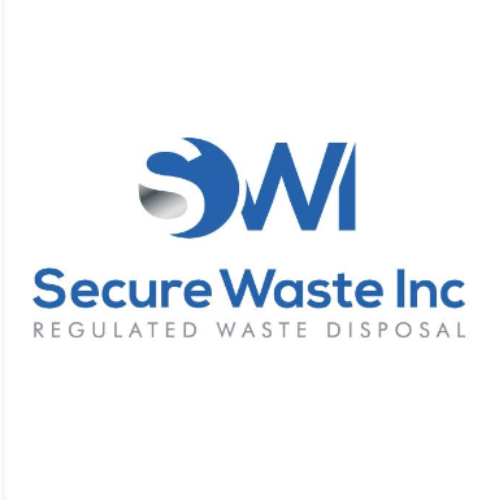
Expert Medical Waste Management: With over 25 years of industry experience, Secure Waste is a trusted local leader in hazardous and biohazardous waste disposal across Maryland, Virginia, and Washington, D.C. Specializing in medical waste management, sharps needle disposal, and biohazard waste removal, the company ensures full compliance with federal, state, and local regulations while prioritizing environmental sustainability.
The company also offers additional services, including secure document shredding and sharps container sales, providing comprehensive solutions for healthcare facilities and businesses. Our cost-effective services help clients maintain regulatory compliance without unexpected costs.
With a commitment to customer satisfaction, Secure Waste offers tailored waste management plans that align with industry best practices. Their team of experts provides reliable, timely, and compliant services, making them the preferred choice for medical waste disposal. For a free waste quote or more information, visit www.securewaste.net
